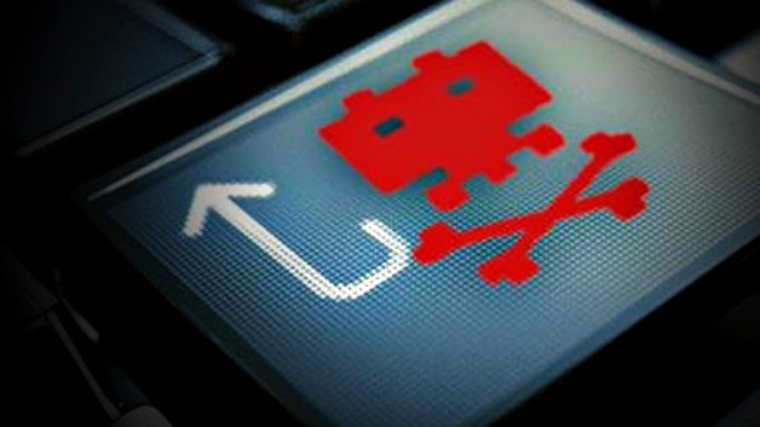March 16, 2016
Adam Segal discusses 'The Hacked World Order,' his new book on how governments use the web to wage war and spy on, coerce, and damage each other.
The CFR Fellows’ Book Launch series highlights new books by CFR fellows. It includes a discussion with the author, cocktail reception, and book signing.
Transcript
HAASS: Well, good evening and welcome to the Council on Foreign Relations. I’m Richard Haass, and it is Wednesday night, and it is book night for the second time this week, And, stunningly enough, it’s the second book this week which deals with one of the most complex, pressing, interesting, important national security challenges we face, which is how to manage cyberspace.
In this case, the author is none other than Adam Segal, who is in residence here. He’s the Maurice R. Greenberg Senior Fellow for China Studies, and he’s also director of the Digital and Cyberspace Policy Program here at the Council on Foreign Relations. Adam is the producer of a new book, “The Hacked World Order.” He also wins the award for longest subtitle of the week, “How Nations Fight, Trade, Maneuver, and Manipulate in the Digital Age.”
Did it take you longer to think of that than it did to write the book, or?
SEGAL: I actually never remember, actually, what comes after the colon, but—(laughter)—I know there’s “maneuver” and a “manipulate” in there, but—
HAASS: OK. M&M.
We’re going to talk for a few minutes, and then we’re going to open it up to you all.
Since I was just teasing you about the title, let’s go back to the title. Why the title?
SEGAL: Before I answer, I want to thank you, Richard, for support of the book and the—and the Digital Program, and everyone at the Council for all of their support as I—as I researched.
I was addressing what had become a very utopian view of cyberspace as a(n) ungoverned space, one that was going to radically empower individuals and bring this widespread free flow of information. And what I saw in what I call year zero, from June 2012 to June 2003, was the radical reassertion of states back into cyberspace to exert their sovereignty and control. And as they’re doing that, they’re creating a new order—a hacked world order.
HAASS: OK. So just imagine. You may not have heard—anyone in this room may not have heard this, but rumor has it there’s a presidential campaign going on. (Laughter.) And if we’re lucky, by November the campaign will be over and we will—we’ll have a—we’ll have a nominee—a president-elect. He or she will take office in January. And just say you were called upon to frame the challenge that person, that individual and the new administration would inherit. How would you do it?
SEGAL: I think you’d want to frame it both as the domestic challenge and the international challenge.
So the domestic challenge is the one that we’ve been struggling with for 20 years; this, how do you actually create some greater security, right? How do you create the incentives for companies to spend more on cybersecurity and build better barriers? How do you get the government to clearly identify what it’s responsible for? And how do you get the public and private sector to work together, all right? Where does the responsibility for the government to defend the private sector begin and end?
I think, on the international front, we have this—as you said, this new emerging space, and we have—we have basically no rules, right? We had 60 years of the nuclear age where we had very—a very clear set of rules. We had arms control agreements. We had multilateral institutions. And none of this—well, either—it either doesn’t fit or is going to require some significant reform.




